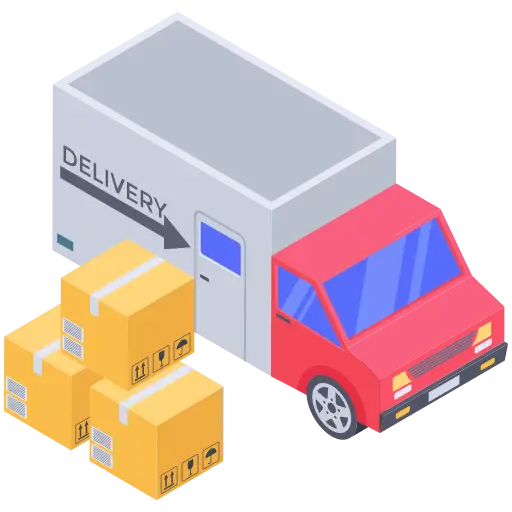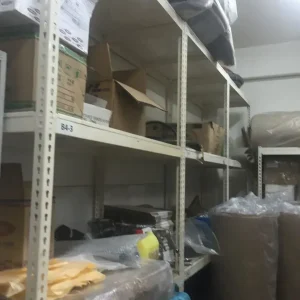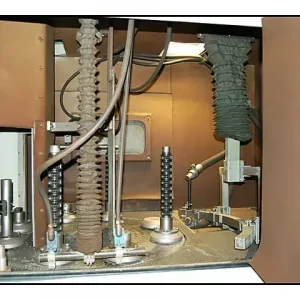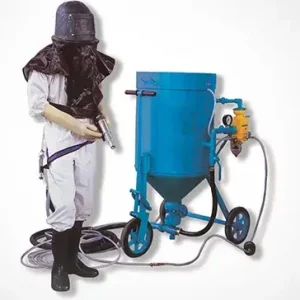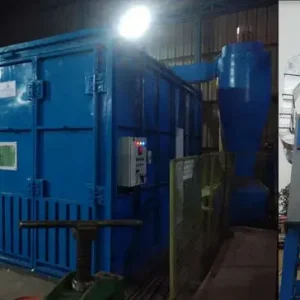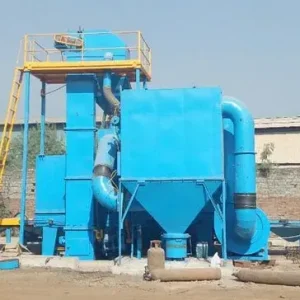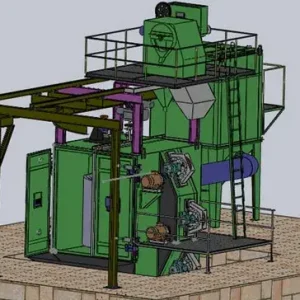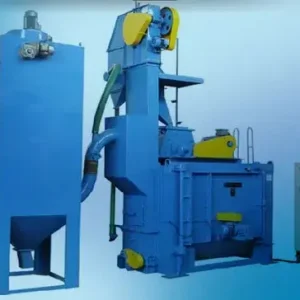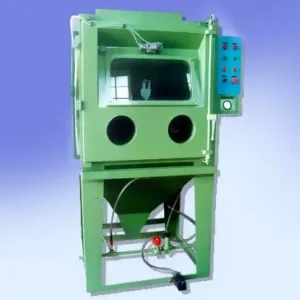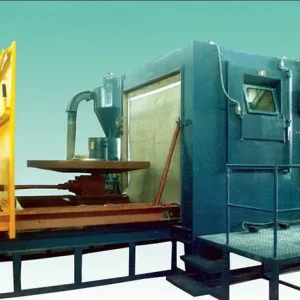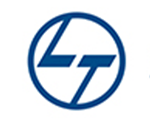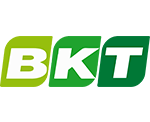In industries where surface preparation is critical—such as aerospace, medical, defense, and automotive manufacturing—safety and cleanliness are just as important as performance. Traditional dry blasting methods, while effective, often generate large amounts of airborne dust, posing health and environmental hazards. That’s where wet blasting technology stands out.
This blog explores how wet blasting reduces dust levels and enhances operator safety, making it a smarter and safer alternative for precision surface finishing.
What is Wet Blasting?
Wet blasting, also known as vapor blasting or slurry blasting, is a process where abrasive media is mixed with water and then propelled onto a surface using compressed air. Unlike dry blasting, where the media is airborne, wet blasting uses a water-based slurry to suppress dust and deliver a smoother finish.
The Problem with Dust in Dry Blasting
Dry blasting methods—such as sandblasting—generate significant levels of fine particulate matter. These dust particles pose serious risks:
- Respiratory hazards like silicosis or chronic bronchitis
- Poor visibility in the cabinet or work area
- Increased cleanup and maintenance
- Risk of fire or explosion when blasting flammable materials
- Environmental compliance issues due to air contamination
Operators working in dusty environments must wear full protective gear and rely heavily on dust collectors, which may not be 100% effective.
How Wet Blasting Minimizes Dust
Wet blasting solves the dust problem at its source. Here’s how:
1. Water Acts as a Natural Dust Suppressant
The water in the slurry binds with abrasive particles and contaminants, preventing them from becoming airborne. This eliminates the cloud of dust that typically forms during dry blasting.
2. Closed-Loop System
Most wet blast cabinets are fully enclosed systems with sealed chambers. The abrasive slurry is continuously recirculated, ensuring that dust and debris stay inside the system, not in the air.
3. No Need for External Dust Collectors
Because dust is contained and suppressed within the slurry, wet blasting reduces dependency on expensive dust collection units, lowering operational costs and improving workspace cleanliness.
Operator Safety Benefits of Wet Blasting
1. Improved Air Quality
Operators are not exposed to airborne contaminants, leading to healthier working conditions, especially in indoor or cleanroom environments.
The Role of Sand Blasting Equipment in Modern Industries
Shot Blasting Machine Maintenance and Troubleshooting: Tips from Indian Manufacturers
What Is a Blast Room? Working, Design & Benefits
2. Minimal PPE Requirement
While safety protocols should always be followed, wet blasting systems often require less extensive personal protective equipment compared to dry blasting.
3. Reduced Noise Levels
Wet blasting is quieter than dry blasting due to the dampening effect of water on impact noise, which enhances operator comfort during long hours of operation.
4. Lower Risk of Fire or Explosion
By eliminating airborne dust—especially from metallic or combustible materials—wet blasting significantly reduces the risk of fire or dust explosion.
5. Better Visibility During Operation
Since there is no dust cloud, operators maintain a clear view of the workpiece, enabling more precise blasting and reducing the chances of operator error.
Ideal Applications for Dust-Free Wet Blasting
Wet blasting is particularly suited for industries and environments where:
- Operator health is a priority
- Surface contamination must be avoided
- High-precision finishes are required
- Environmental compliance is strictly enforced
Common use cases include:
- Cleaning of aerospace turbine blades
- Finishing surgical instruments
- Restoring antique car parts
- Deburring and polishing electronic components
Final Thoughts
Wet blasting is not just a surface finishing technique—it’s a safety upgrade. By integrating water into the blasting process, it significantly reduces dust, enhances visibility, lowers PPE requirements, and protects operator health. For companies committed to safety, efficiency, and environmental responsibility, wet blasting offers a forward-thinking solution.
Switching to wet blasting doesn’t just improve the finish—it transforms your workspace into a safer, cleaner, and more compliant environment.


